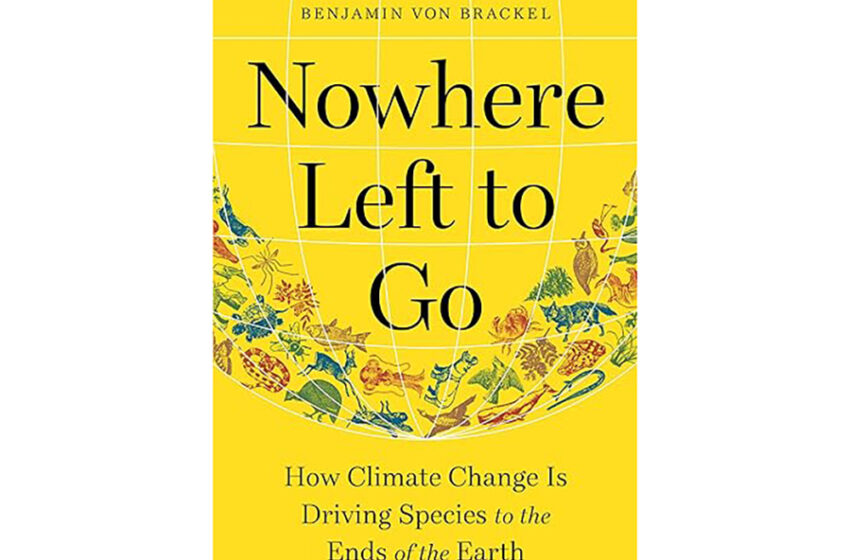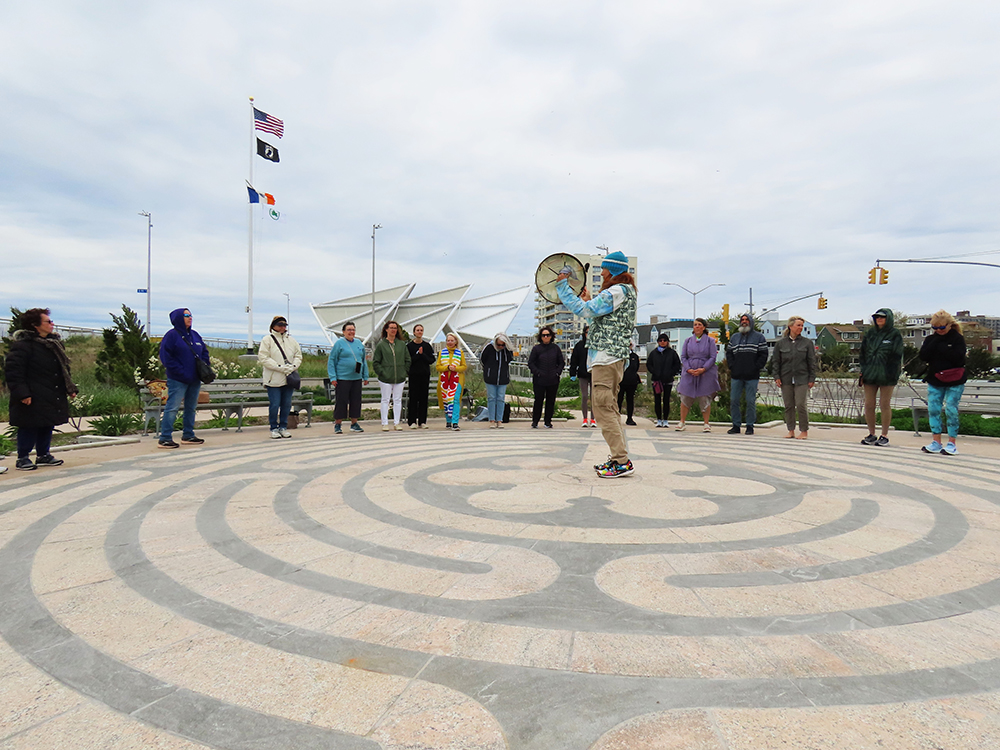Go Green: Nowhere Left to Go

By Tom Last
When you read the title of this article, you may think this is related to our recent high profile news stories on human migration and the relocation of Central and South Americans near our homes here in the Rockaways. Although human migration is a most important subject to discuss, “Nowhere Left to Go” is the title of a book by Benjamin Von Brackel that reveals how climate change is driving animals, insects, and plants to the ends of the Earth. These mass migrations will continue to have a critical impact on all aspects of our daily lives.
So why is this mass migration taking place throughout the globe? Animals have migrated for millions of years. Many migrate to breed, find food and water, and for better weather conditions. However, rising temperatures related to climate change lower many species’ survival rates due to changes that lead to less food, less successful reproduction, and interfering with the environment for native wildlife. Species often look for cooler climates, which means heading toward Earth’s poles, up mountains, or into other areas that provide shelter from the temperature fluctuations brought on by global warming. These habitat shifts allow species to survive for now, but many other existing species may be at a disadvantage in these same areas.
What are some examples of these mass migrations? In “Nowhere Left to Go,” the author discusses recorded animal migrations such as: beavers settling in Alaska; gigantic shoals of fish disappear – and reappear on foreign coasts; The red fox surfaces in the Artic to threaten the existence of the arctic fox. Bumblebees found in central Europe have now migrated 500 miles north of their previous limit of range. This migration may leave central Europe without any bees at the end of this century. In North America, grizzly bears and polar bears were once largely separate, but climate change is bringing them together, setting the stage for hybrid offspring between the two.
In addition to animal migrations, forests are on the move. The sugar maple trees of New England have already shown notable shifts northward with regeneration more abundant and prevalent in the northern part of its range compared to its southern part of its range, where it is very sparse. The warmer climate is already limiting sap production. Other trees are migrating as well, and with them, many ecosystem services. The white oak and bur oak are shifting and shrinking in the central U.S. Whole forests have died off in western North America. Fir, spruce, pine, ash, and poplar trees have disappeared over the last couple of decades and at the same time are sprouting in the far north, where they once could not exist due to the harsher climate.
How will these migrations affect humans and why should we care if trees migrate north? Well, these migrations will have an enormous impact on our health, food, and material resources. 1. Migrations will continue to affect food supply chains. Entire fish species shift north leaving behind empty lakes and seas. Herds of animals migrate north leaving some forests and woods depleted of animals. Certain types of lumber, plants, and other vegetation become scarce in southern locations. 2. Animals and insects are moving outside their typical habitat ranges, thereby increasing the risk of infectious viruses being transmitted to other species they haven’t encountered before, posing a threat to human and animal health throughout the world. These are just a few of the negative impacts that are taking place now and will only exacerbate as the earth’s temperature increases. We are all concerned with higher inflation but expect to pay higher prices for food, lumber, and other materials soon.
So, what can we do to help combat climate change? I would recommend reading Nowhere Left to Go and other books related to climate change, as we cannot solve this massive problem without first understanding it. Also, I would suggest that you visit the Climate Reality Project’s website at www.climaterealityproject.org/act. The website provides vast information on the environment and climate change. It includes training courses, a calendar for action events and much more. I will end this article with a statement below from the Climate Reality Project’s website.
‘TOGETHER, WE CAN TAKE BOLD CLIMATE ACTION TO ADDRESS THIS CRISIS. BUT IT’S GOING TO TAKE EVERY SINGLE ONE OF US.’
Remember – there is no Planet B.


